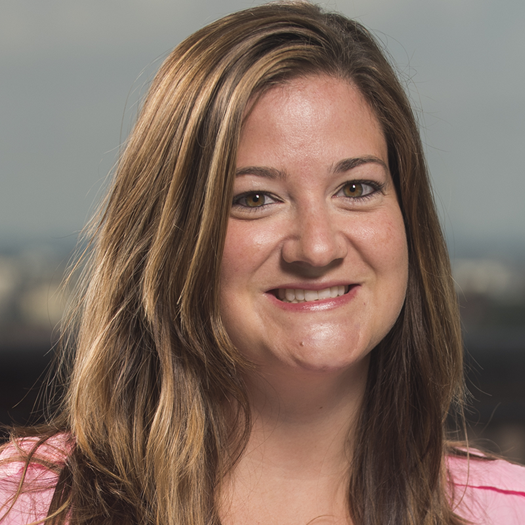
Paul's Story

Almost 18 years ago, Audrey and Paul Sr., were living in Maryland awaiting their son’s arrival into the world. In preparation, they did all the research that expecting parents do, including looking for the best pediatrician and comparing car seats. In addition to this routine research, they also looked for the best sickle cell disease programs within the area. Since both of his parents had sickle cell trait, there was a one in four chance that their son would have sickle cell disease. When Paul was born, his parents’ concerns were confirmed: he had the disease.
Sickle cell disease presents in various forms, which all involve having abnormal hemoglobin – a protein within the red blood cells that affects the way blood carries oxygen throughout the body. Paul was born with hemoglobin SC disease, a type of sickle cell disease caused by mutations in the gene that contributes to making hemoglobin. These mutations affect the way red blood cells are shaped and cause them to curve or “sickle.” When this occurs, the sickled cells do not flow easily through the bloodstream, which hinders oxygen from traveling effectively. This causes a severe amount of pain.In addition to the expected pains, Paul grew up experiencing other symptoms such as fever and severe illnesses that landed him in the emergency room. His hospital visits ranged from one night to a week or more.
“We would work around the hospital visits,” says Audrey. “And if he was in the hospital overnight or for a long period of time, one of us always stayed with him to make sure he was comfortable.”
When Paul was 8 years old, doctors suggested he begin a new treatment that would eventually change his life for the better. The solution to help reduce this pain was Hydroxyurea. Taken as a daily treatment, the pill reduced the amount of pain crises Paul experienced and allowed him to live his life more comfortably.
In high school, Paul became a dedicated soccer player who was determined to never let his sickle cell disease prevent him from playing. “The doctors at Children’s National were always helpful when explaining to Paul what he needed to do to stay healthy,” Audrey says. “The care team at Children’s encouraged Paul to play soccer despite his disease. Paul was able to manage his sickle cell disease by staying hydrated, warm and dry while playing. When he did have a setback, his team and coach supported him until he felt well enough to get back on the field.“
Today, Paul is a high school graduate who is confidently managing his sickle cell disease on his own as he prepares to attend Frostburg State University in the fall, thanks to the care he received at Children’s National. To encourage other young people living with sickle cell disease, Paul has shared his experiences at various events such as the Sickle Cell Family Education Symposium held at Children’s National.
"The mantra I live by is 'I won't let my illness get in the way of having fun,' ” Paul says. “I follow my doctor's orders – drink plenty of fluids to stay hydrated, keep warm when it's cold, get plenty of rest, take my medicine every day and get regular check-ups. I make sure to learn as much about my disease as possible so I can advocate for myself. I make sure I know what my baseline blood levels are so I will know if something is wrong. I also tell my friends about my disease so they know what to look for when I'm not feeling well."Audrey is grateful for the sickle cell disease team at Children’s National for helping her son reach this point. She encourages all new parents to get as much advice as possible and regular care for their child if they are living with sickle cell disease.
“The staff has been wonderful; they were always open to answering any questions we had, and would always share the latest advancements in sickle cell treatment. As we spent more time at Children’s, I saw improvements and changes that the hospital implemented – particularly in the emergency room – from recommendations I suggested, which really showed that they listened.”
For more information on the Blood Donor Ambassador Program, please click here to view the video.

